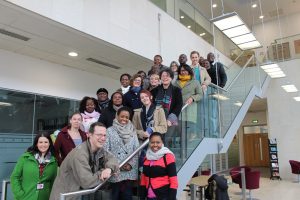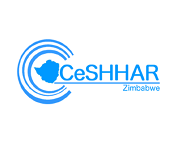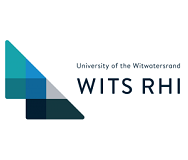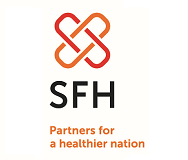Using a research network to analyse intercountry qualitative data
Dr. Lot Nyirenda, Liverpool School of Tropical Medicine. Email: lot.nyirenda@lstmed.ac.uk or nyirendalot@yahoo.co.uk

Members of the QRN, meeting in Liverpool
Analysis that is rooted in a strong understanding of the local context, the researchers’ positionality and has been developed through multiple rounds of joint discussion, is an essential part of ensuring rigor in qualitative research. Since by its nature qualitative research is interactive, collaborative and based on exploring and understanding perceptions and experiences, multi-country studies that involve such research face challenges in facilitating this process and interpreting findings across contexts.
In the UNITAID/PSI HIV Self-Testing Africa (STAR) project, we have used a Qualitative Research Network (QRN) as a method to manage and analyse qualitative research data on HIV self-testing (HIVST) collected in Malawi, Zambia and Zimbabwe. The STAR project is a large multi-country study on the impact of HIVST and includes a number of formative and exploratory qualitative studies in these three phase I countries. Among its objectives, the QRN seeks to provide a forum for qualitative research partners within the consortium to meet, exchange ideas and ensure a common approach to qualitative studies that addresses key gaps in current knowledge in HIVST scale-up. The network enables two key aspects of sound inter-country analysis that underpin our approach. First is the technical side, which involves an agreement on an analytical approach to be employed. Second is the human relations side, that adds a layer of trustworthiness and ensures such a network fulfills its mandate. I address these areas in turn.
A common analytical approach
We shared topic guides and adapted these locally, having developed a common understanding of culture and language. Contentious phrases in HIVST research around counselling, consent and coercion were discussed, translated and back translated before being discussed again by the group. Common sampling frames and data collection tools underpinned a robust comparison. Informed by the nature of the enquiry, team members selected an analytical approach. In our case, we settled for framework analysis, which we found useful for our purpose.
The framework method has clear steps and is suitable for multi-country studies. We deductively generated themes based on research questions and objectives and later added themes generated inductively from the data. (In panel 1 below, I give an example of integrating deductive and inductive perspectives). We used the themes to construct a coding framework, which we wrote into NVivo version 10. We also noted the commonalities and differences in methods across countries and how these were mapped onto each other and the overarching research goals for the wider STAR consortium. To enhance coordination, we developed a Data Management and Coding protocol which, among other things, spelt out how transcripts should be named and how additional themes can be added to the coding framework during coding.
Panel 1: Forced testing and compassionate forced testing in the context of HIV self-tests: the case of integrating deductive and inductive perspectives
One of the themes we set out to explore and describe in the three countries was that of social harms in relation to HIV self-testing. Forced testing was an example of such harm. In one of the study countries, respondents in a focus group discussion (FGD) with community members discussing the social harm of forced testing wondered why and how forced testing was bad. They asked FGD facilitators to explain why it was bad to force one’s child, spouse or relation, explaining that it was for the good of those being forced to test because that would lead to accessing proper care and treatment.
Such understanding is something we did not anticipate and we called the phenomenon ‘compassionate forced testing (CFT)’ since the forced testing was done out of compassion for the one being ‘forced’. In the same country, some respondents argued that some people, such as house servants who look after children, must be forced to test to protect the children. We termed this ‘precautionary forced test (PFT)’ since the forced testing was done as a precautionary measure to protect the children being looked after.
Such concepts emerged from the data (hence inductive themes), were common across contexts and had an agreed definition within the network, allowing them to be incorporated into the common coding framework.
Human relations in a research network
Working as a network entails members should be in constant and productive touch. For the QRN, we engage through emails, WhatsApp, face-to-face meetings and regular skype calls. Factors such as mutual respect and benefit, trust, good communication, clear partner goals and expectations, and shared commitment to achieving goals are known to make research teams work and have been key to the success of the QRN.
Working through the QRN has enhanced our understanding that qualitative research analysis is not a one-off thing but rather begins the moment data collection starts. As such, iteration was enhanced and enriched through conversations; not just dealing with transcripts or interview notes but with people behind the collection and management of such data. Continuous engagement enriched the probing process as members suggested areas for further enquiry. Collective reflexivity among research teams was possible as they continuously reflected on the extent to which their values might have influenced the research process and outcome.
There is need to pay attention to what makes research collaborations work including trust, commitment to goals and mutual respect. Proper planning, including thorough budgeting to support members’ continued participation in the face-to-face and other meetings should be given ample thought at the onset.












